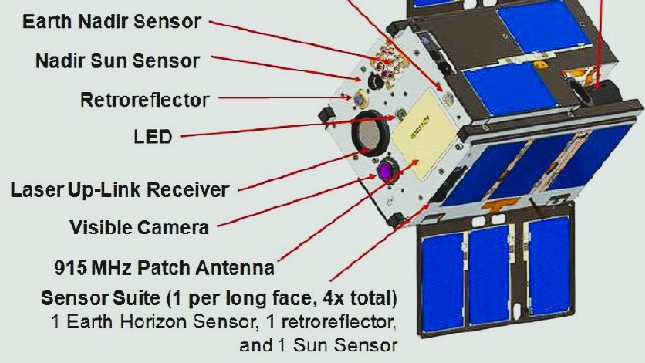
Satellite navigation and attitude control would not be possible without star trackers, which are essential for determining a satellite’s orientation in space. The cost of a star tracker depends on several factors and can vary significantly based on mission requirements.

A star tracker is an optical sensor that captures images of stars and compares them to a star catalog to calculate the satellite’s orientation in space. In deep space or high-precision missions, traditional tools like magnetometers or GPS are not reliable or effective—making the star tracker a dependable solution for attitude determination.
Many regard star trackers as the core component in satellite missions that require precise attitude control. Various fields widely apply them in different applications:
Earth Observation Satellites: Require accurate alignment to capture high-resolution images of specific targets.
Communication Satellites: Antennas must remain precisely pointed at ground stations to maintain uninterrupted communication links.
Scientific Instruments: Space telescopes and similar devices demand extremely stable pointing accuracy.
Deep Space Exploration: Operate far beyond Earth’s magnetic field and GPS range, where star trackers serve as the only reliable reference for attitude determination.
The cost of a satellite star tracker varies widely depending on several key factors:
Mission Purpose and Accuracy Requirements
For commercial applications such as low Earth orbit (LEO) satellites, a star tracker typically costs between $10,000 and $50,000. These are used for communication, Earth observation, or small-scale scientific missions.
For high-end scientific or military missions, where ultra-high accuracy and radiation resistance are required, the cost can rise to $100,000–$250,000 or more.
Device Size and Level of Integration
Miniaturized star trackers designed for CubeSats are more affordable, compact, and energy-efficient—often priced under $20,000.
Larger satellites require star trackers with greater optical performance, larger apertures, and more processing power, which increases the overall cost.
Radiation Hardening and Durability
Star trackers used in high orbits or deep space must be radiation-hardened and capable of withstanding extreme temperatures. Custom engineering and rigorous environmental testing can increase the cost by 30% to 70%.
Custom Development and Purchase Quantity
Off-the-shelf models are more cost-effective than customized ones. Developing a unique tracker for a small number of satellites incurs high R&D costs, while bulk production significantly reduces the unit price.
For a mid-range star tracker priced around $50,000, the typical cost components are as follows:
Optical lens and image sensor: approximately $10,000
Processing unit (for image analysis and attitude computation): approximately $7,000
Radiation-hardened electronics and temperature-resistant components: approximately $15,000
Mechanical housing and structural parts: approximately $5,000
Software algorithms and calibration services: approximately $8,000
Testing and space qualification: approximately $5,000
In real-world projects, prices may vary depending on the supplier, certification process, delivery schedule, and other logistical or technical factors.
Send us a message,we will answer your email shortly!